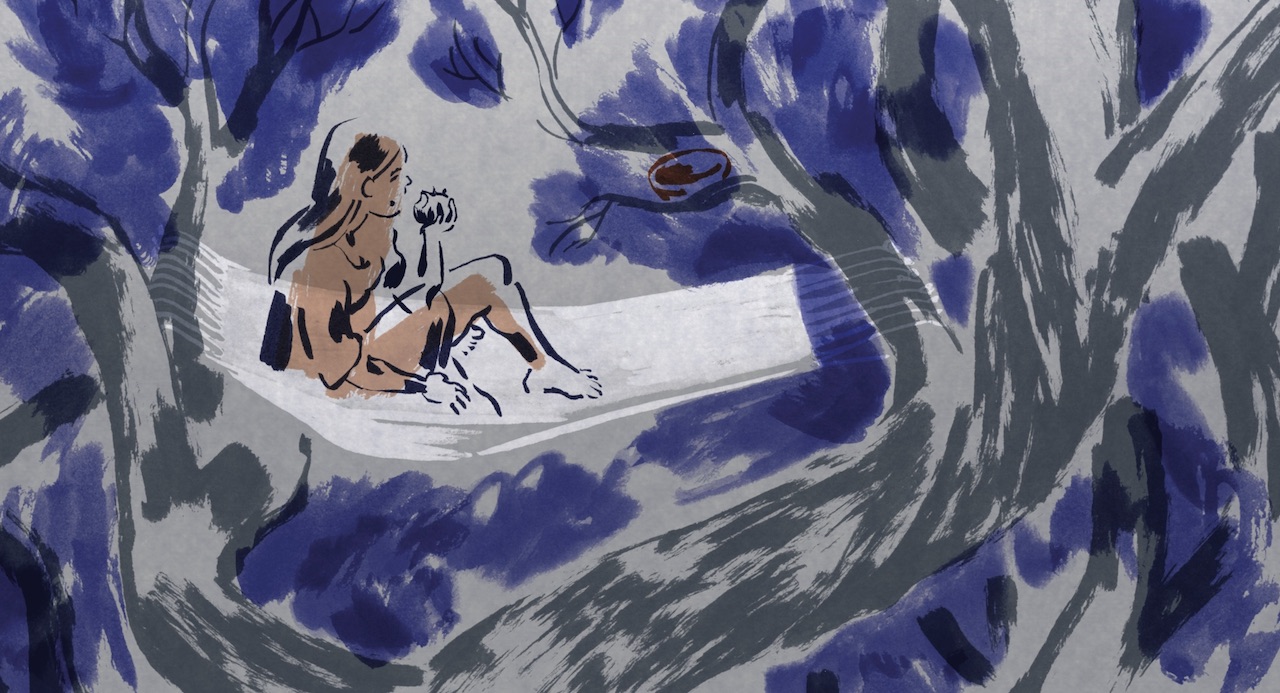22nd Animation Division Excellence Award
The Girl Without Hands
Animated feature film
Sebastien LAUDENBACH [France]
Outline
The Girl Without Hands is a feature-length animated film that breathes new life into the Brothers Grimm fairy tale of the same title published in the very first edition of Grimm’s’ Fairy Tales, which the Grimm Brothers compiled in the beginning of the 19th century. The heroine of the film, a young girl, loses both her hands as a result of the Devil’s machinations. Although her destiny is a roller coaster of misfortune, the young girl is protected by a mysterious spiritual force and eventually manages to find her own happiness. After the young girl marries the prince, the story unfolds toward an ending that is different from the original tale. Author Sebastien Laudenbach animated the entire feature-length film on his own, depicting the energetic and vibrant life of the heroine from a modern perspective. For this film, he employed a characteristic animation technique called “cryptokinography,” in which the individual frames are set aside and the animator uses a brush to draw extemporaneously in swift motions. The very lines are brimming with life as they weave beautiful shimmering images that provide the audience with fresh surprises.
1 h. 20 min.
© Les Films Sauvage
Reason for Award
The film uses fresh means of expression to inspire the audience to reexamine their understanding of the nature of animation. The young heroine accepts the rules of feudal subservience and loses her hands. Then, she leaves her family, meets a prince, marries him, gives birth, and is forced to flee again. Eventually, the heroine and her child find strength and independence, and depart on a journey to a new world. This story unfolds via emotional visual images. The simplified images are reminiscent of Boy and the World, an Excellence Award winner two years ago. Yet, unlike Boy and the World, which was intentionally symbolistic and had a high level of perfection, The Girl Without Hands captivates with strong emotions inspired by the unfinished rough ambience of the animation. The director’s method as he worked alone on this feature-length animation film was to draw still images as motion pictures. Japanese animated films have given rise to a special method of ellipsis, in which movement is expressed at a speed of eight frames per second, but in this film the author employs a unique method in which each frame contains partial drawings, and only when the frames are connected as a moving image, does the full picture emerge. These somewhat rough and unstable images symbolize the emotional turmoil experienced by the heroine. I would like to recommend The Girl Without Hands to people accustomed to overly informative animated films. I hope they will feel inspired to draw something in the blank spaces of the film.
(NISHIKUBO Mizuho)



